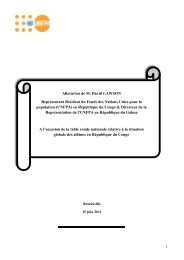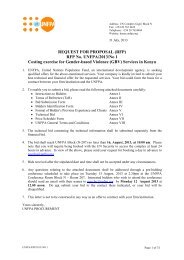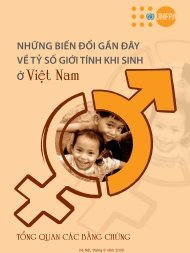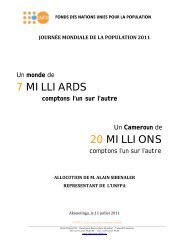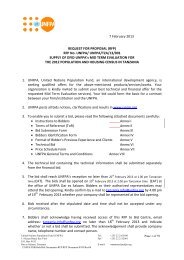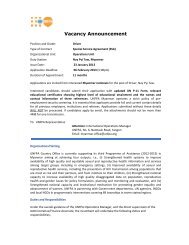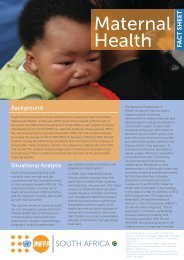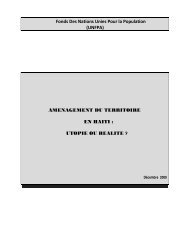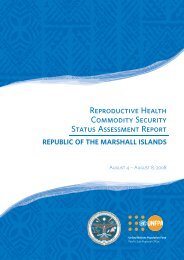MYANMAR
MYANMAR
MYANMAR
Create successful ePaper yourself
Turn your PDF publications into a flip-book with our unique Google optimized e-Paper software.
Introduction<br />
1. The Union of Myanmar, located in South East Asia, lies between 9° 32' N and 28° 31<br />
N latitudes and 92° 10' E and 1010 II' E longitudes with an area of 261227t8 square miles<br />
(approximately 676577.8 square kilometers). It shares common borders with Bangladesh and<br />
India in the west, China in the north and north-east, Laos and Thailand in the east. The Bay<br />
of Bengal lies in the west and the Andaman sea in the south of the country. The land border<br />
extends abodt 3800 miles and the coastal line stretches 1385 miles.<br />
2. For administrative purposes, the country is divided into 7 states and 7 divisions. In<br />
1983, there were only 314 townships. The number of townships has gone up to 320 in 1993.<br />
These townships were regrouped into 55 districts in 1993. Each township is again divided<br />
into wards (urban) and village tracts (rural). There are a total of 2190 wards and 13756<br />
village tracts as per 1983 Population Census over the whole Union.<br />
3. The people of Myanmar is made up of 135 ethnic groups belonging to 8 major<br />
nationalities viz. Kachin, Kayah, Kayin, Chin, Bamar, Mon, Rakhine and Shan. According to<br />
1983 Population Census, Bamars form a majority of the total population and reside all over<br />
the country; a relatively large number of Bamars live in the central, and delta regions, and in<br />
the lower part of the country. Kachins live in the upper north, the Shans in the north-east and<br />
the east, Chins in the western mountainous region, Kayahs in the hilly region, and the Kayins<br />
in the south eastern region and in the delta areas, The Mons are found in the southern part of<br />
the country, and the Rakhines in the western coastal region.<br />
4. In 1983, 90 percent of the population are Buddhists, 5 percent Christians, 4 percent<br />
Islams and less than 1 percent other religions.<br />
5. Myanmar is still an agricultural country in spite of its effort to increase the rate of<br />
industrialization. Since independence, the country has followed different economic systems<br />
a capitalist type economic system from 1948 to 1962, a centrally planned economic system<br />
from 1962 to 1988, and a market-oriented economic system from 1988 onwards. The<br />
government has taken relevant measures to induce the operation of market forces, to develop<br />
the private sector and to attract foreign direct investment.<br />
I. Demographic Context<br />
6. Myanmar is rich in natural resources . It has sufficient manpower to exploit its<br />
resources. But it needs appropriate technology for enhancing the productivity of labour. At




